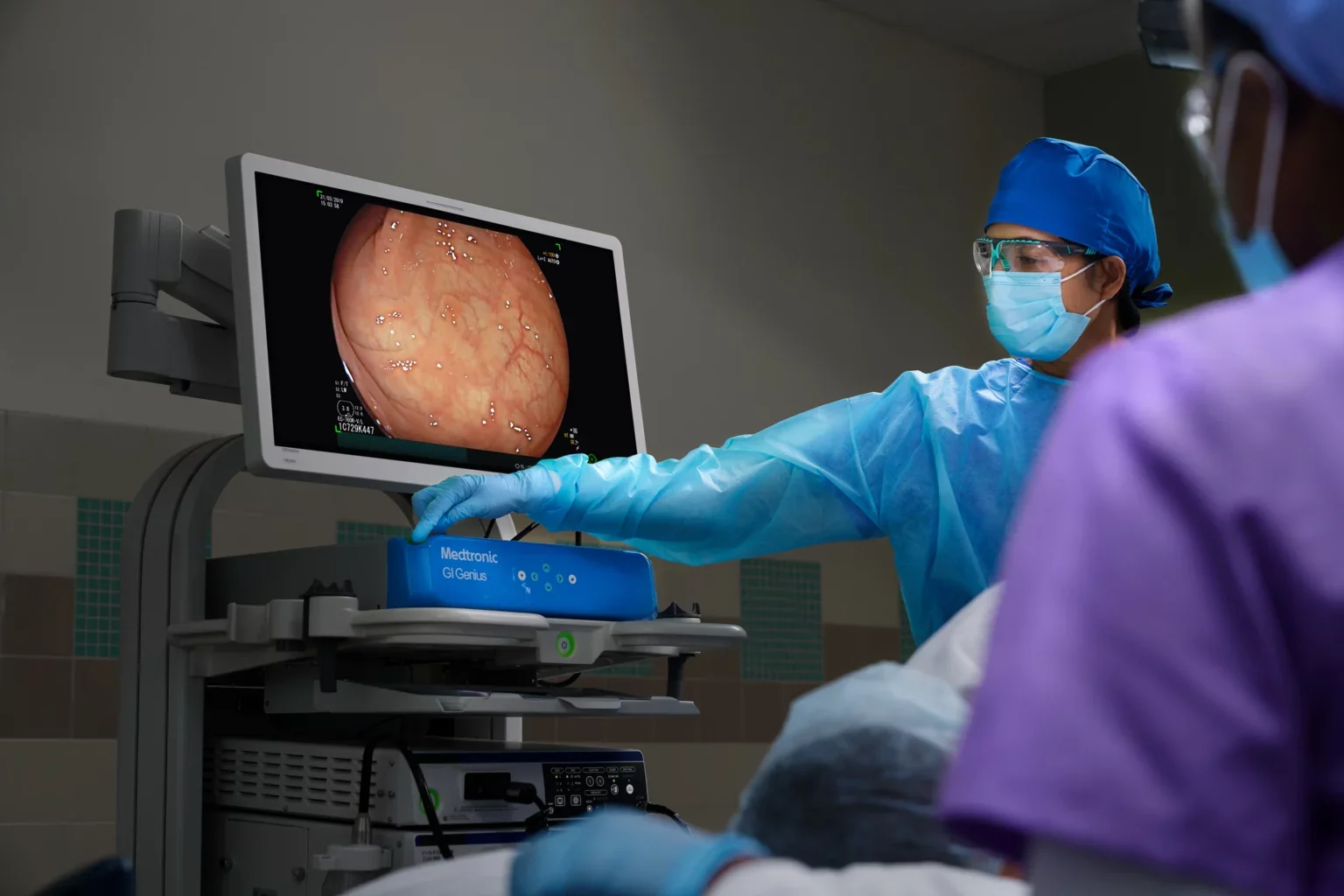Teaching machines to see disease: AI in diagnostic radiology
From image analysis to predictive diagnostics: AI's growing role in medical imaging
When I started exploring AI in healthcare a few years ago, diagnostic radiology stood out as one of the most promising applications. Among all medical specialties, AI-aided tools seemed perfectly suited to this demanding field.
Think about it: radiologists analyze hundreds of medical images daily, making critical decisions that directly impact patient outcomes. The sheer volume of data, combined with increasingly complex imaging techniques, creates an enormous cognitive load. It's precisely this combination of high-stakes decision-making and data intensity that makes radiology such a perfect testbed for AI integration.
Foundational AI applications in radiology
AI in radiology is more than image enhancement.
These systems have become invaluable allies in the diagnostic process, showing remarkable capabilities in detecting early-stage cancers, subtle vertebral fractures, and even pathological changes before they become clinically apparent.
Take Medtronic's GI Genius, for example - it's changing how doctors perform colonoscopies. Studies from Northwestern University show that physicians using this AI-assisted tool find significantly more polyps than traditional methods alone. According to a study in Gastroenterology, these AI tools have slashed polyp miss rates by 50%, with over 3 million patients worldwide now benefiting from AI-enhanced colonoscopies annually.
Image: Surgical Robotics Technology
More than improving detection
The impact of AI in radiology extends beyond improving detection rates. It can also improve safety and tackle health disparities.
Deepmeds, a Sydney-based startup, has developed AI-based MRI technology that reduces potentially toxic gadolinium dye use in brain scans by up to 80%.
Meanwhile, Thermalytix, a radiation-free, AI-based mammography tool deployed across 200 hospitals in India, is making critical diagnostic capabilities accessible to underserved communities through its affordability and portability.
GenAI takes it further
Today's advanced language models don't just analyze images - they create standardized radiology reports, translate complex findings into patient-friendly language, and predict prognoses. Harvard's Clinical Histopathology Imaging Evaluation Foundation (CHIEF) platform showcases this progress, achieving 94% accuracy in early-stage tumor detection and accurately predicting patient survival based on initial diagnostic imaging.
“Our model [CHIEF] turned out to be very useful across multiple tasks related to cancer detection, prognosis, and treatment response across multiple cancers.”
Multi-modal opportunities
The latest innovation in AI-assisted radiology is the ability to analyze multiple types of medical images simultaneously. One study found that combining PET and MRI scans with AI analysis revealed previously undetectable biomarkers for early-stage Alzheimer's, identifying at-risk patients years before traditional methods.
However, technical hurdles remain. These challenges stem from the variety of imaging equipment used across healthcare facilities, each potentially producing data in different formats. Startups like Neuroharmony are addressing these standardization challenges by harmonizing volume measurements from different MRI scanners to improve diagnostic consistency.
Building appropriate trust
Let's talk about trust - it's critical when implementing AI technologies in clinical settings. Both healthcare providers and patients need to have confidence in AI systems while maintaining appropriate skepticism.
A recent study in Radiology found that radiologists sometimes rely too heavily on AI when it specifically calls out an area of interest in an X-ray. As the researchers noted, we need to "be aware of these pitfalls and stay mindful of our diagnostic patterns and training."
Future directions
The next frontier in medical AI is moving away from complex black boxes toward more transparent systems seamlessly integrated into clinical workflows. For healthcare facilities considering AI implementation, key focus areas include comprehensive staff training, robust validation processes, clear workflow integration protocols, and continuous monitoring of clinical outcomes.
The future of radiology lies in the powerful partnership between human expertise and AI - each enhancing the other's capabilities. While AI's role will continue to grow, it's here to amplify, not replace, radiologists' critical thinking and clinical judgment.
📫 Stay ahead of healthcare innovations with my weekly newsletter - get the latest medical, biotech, and digital health advances in a 5-minute briefing. Join here!

